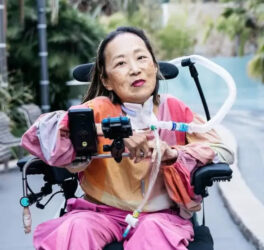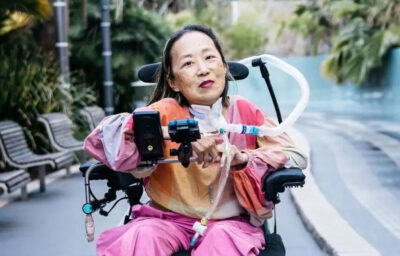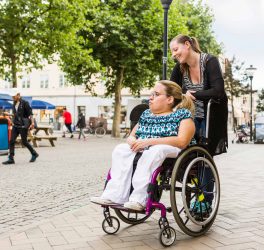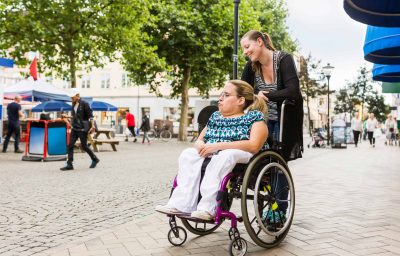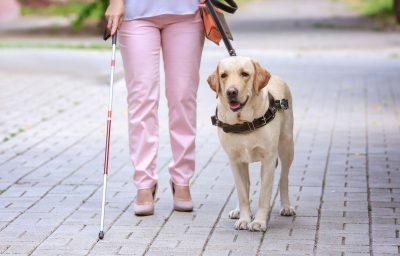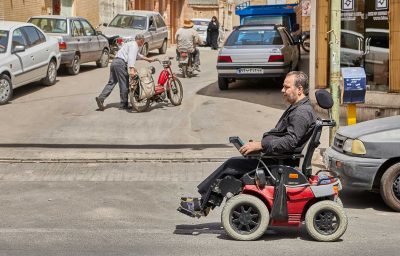
The impact of the COVID-19 pandemic on children with disabilities has not received much attention, perhaps because the disease disproportionately affects older individuals.
In a special issue of the Journal of Pediatric Rehabilitation Medicine experts assess the impact of the pandemic on pediatric patients with special needs, their caregivers, and healthcare providers. They also focus on the growing importance of telemedicine and provide insights and recommendations for mitigating the impact of the virus in the short and long term.
Pediatric rehabilitation patients frequently have more access and therapy needs. As clinics were put on pause or cancelled during the pandemic, some patients who may have needed care did not receive it in a timely manner. These children should be a focus of evaluation and intervention to mitigate the negative consequences of COVID-19 and the resulting containment strategies. The need for more ethical and conscious decisions in the treatment of persons from disabled populations should be recognized and included in future crisis planning.”
Children comprise approximately 2% of cases of COVID-19 in the United States. In most cases the child is either asymptomatic or has mild symptoms. However, children with disabilities like cerebral palsy (CP) are more vulnerable and are at higher risk for respiratory complications. Some can present with multisystem inflammatory syndrome (MIS-C) and need supportive care.
This special issue addresses many aspects of COVID-19 in vulnerable children with special needs, including spasticity management, autism spectrum disorders, CP, neuromuscular disorders, tracheostomies, MIS-C, schooling, and how to deliver medicines safely and effectively. It also considers the impact of the pandemic on healthcare providers in training including the need for disability-conscious medical education, training, and practice; the disparate influence of the pandemic on Black, Latinx, and Native American marginalized populations; as well as the telemedicine experience and role of virtual education.
There is concern that the virus could have a disparate impact on children with disabilities when viewed through the lens of race and equity. In the US, early data reported from multiple jurisdictions showed that there is a disproportionate impact of COVID-19 when measuring death rates and infection rates in Black, Native American, and Latinx individuals compared with White populations in multiple areas of the country.
The risk of children with disabilities contracting coronavirus is directly related to caregivers and/or family members that share their living arrangements, explains Maurice G. Sholas, MD, PhD, Principal and Pediatric Physiatrist, Sholas Medical Consulting, LLC, New Orleans, LA, USA. He presents a number of measures to mitigate the problems, concluding that “Individual providers, health systems and policy interventions must be accountable and active to ensure that marginalized communities do not continue to be disproportionately impacted.”
Patients with pre-existing respiratory disorders such as CP are at greater risk for respiratory complications if they contract COVID-19, notes Joline E. Brandenburg, MD, Department of Physical Medicine and Rehabilitation, and Department of Pediatric and Adolescent Medicine, Mayo Clinic, Rochester, MN, USA, and colleagues in a review of research on respiratory function and diaphragm muscle force generation in children with CP. They compare and integrate clinical work and basic science research investigating phrenic motor neuron and diaphragm motor unit dysfunction in an animal model and discuss the potential for individuals with CP to experience severe respiratory symptoms from COVID-19.
“We need to be vigilant in encouraging and supporting families of children with CP and individuals who have CP to practice physical distancing, good hand hygiene, minimizing trips to public places such as stores and restaurants, and thorough cleaning of any equipment that is used outside the home (i.e., walkers and wheelchairs) in order to reduce the risk of contracting COVID-19,” advises Dr. Brandenburg.

